How To Treat Root Rot In Peace Lily? (Signs, Identification & More)
Peace lilies are popular house plants that are forgiving and can tolerate different cultural conditions. However, what they can’t tolerate is root rot.
So, if you see any signs of root rot in your peace lilies or you suspect something is wrong with the plant, you need to immediately take measures to fix the issue.
But how will you understand if your peace lilies have root rot? And how to treat root rot in peace lily? Let’s find out.
Root rot is a fungal disease caused mainly due to overwatering, poor drainage system, and usage of wrong soil mix. Some common signs include yellowing or wilting of the leaves. You can treat root rot by eliminating the infected roots and repotting your peace lily using a fresh soil mix.
Before getting into the details of treating root rot in peace lilies, we need to understand the reasons and signs of root rot. Keep reading this guide to figure out everything about root rot in peace, lilies.
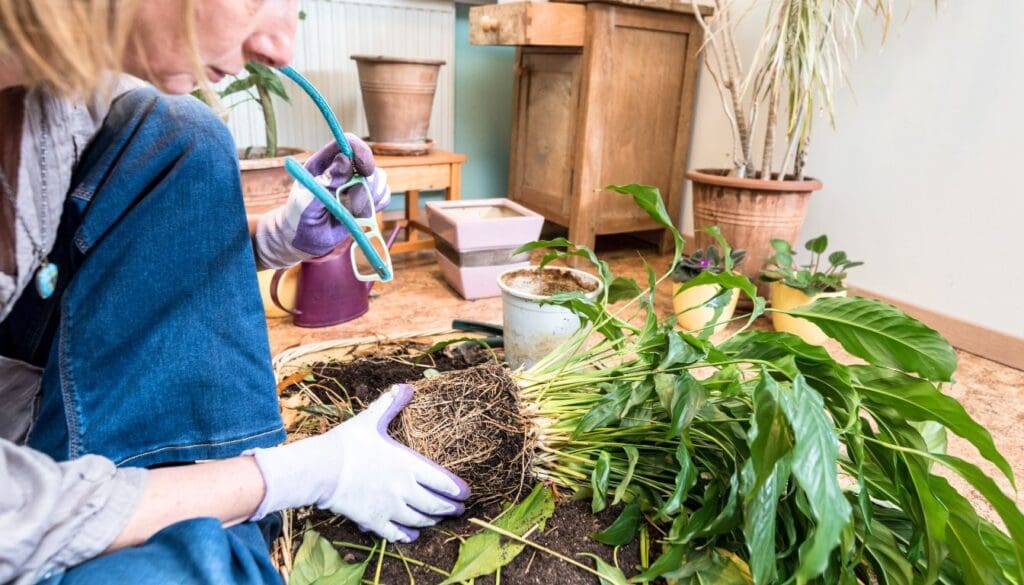
Please note: Simplify Plants is reader-supported. Some links in the post are affiliate links and I get a commission from purchases made through links in the post.
How can I tell if my peace lily has root rot?
Identifying root rot before it takes a severe turn can help you treat your peace lily easily, and the plant will recover faster.
But sometimes, we miss the visual signs of root rot on our peace lilies.
Let’s check out all the signs of root rot that you might find at different stages.
Yellow leaves
A healthy plant will have healthy leaves. If the peace lily leaves are turning yellow, they are trying to tell you something is wrong.
Overwatering is often the reason behind yellow leaves, which indicates that root rot might not be far away. So whenever you notice yellow leaves on your plant, you must immediately check the roots.
Stunted growth
Peace lilies are hardy plants that can survive different cultural conditions. If you notice stunted growth, you can suspect root rot.
Root rot leads to decaying routes that are unable to function, making the plant weak. Lack of energy and food, along with stress, can cause stunted growth in your peace lily plant.
Wilting of leaves
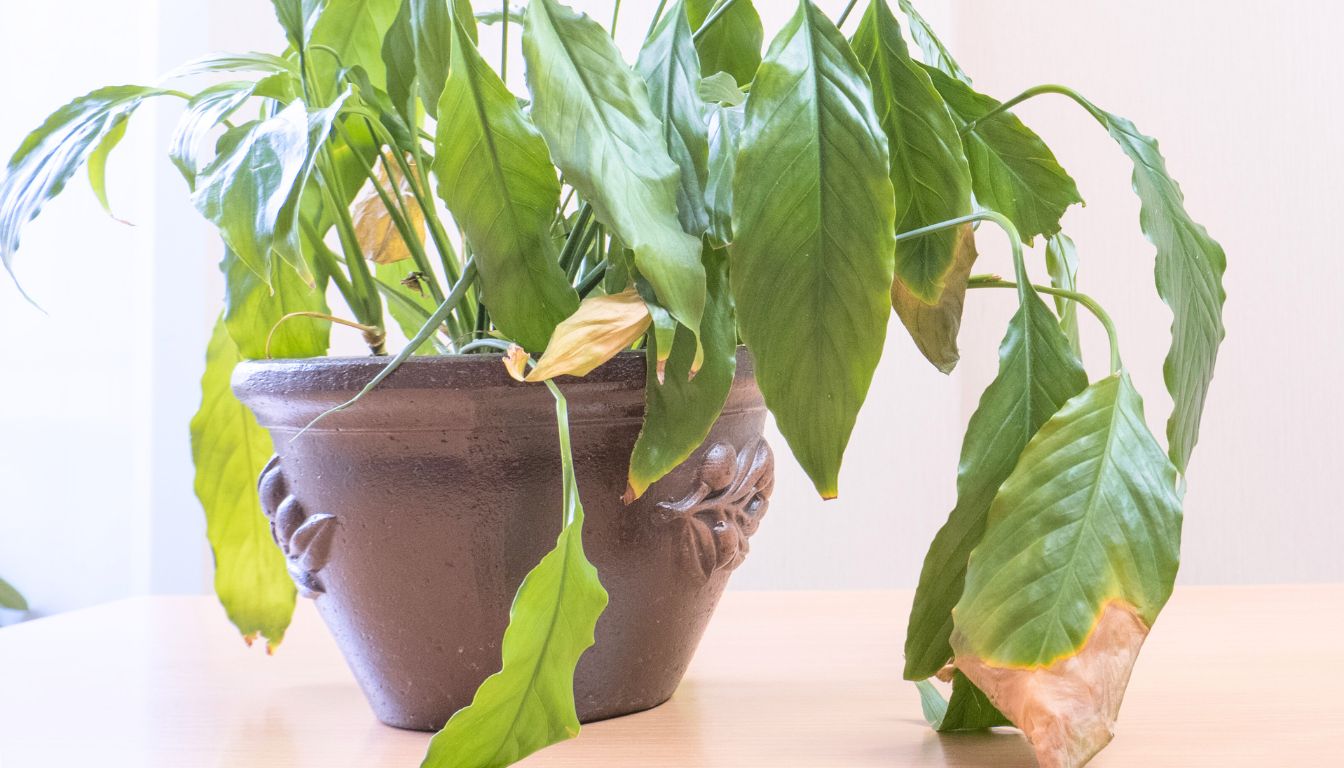
Leaves wilt due to lack of nutrients. Among many reasons, overwatering is one that can lead to wilting of leaves.
Overwatering suffocates the roots because of which they fail to supply nutrients to the plant. This state is often followed by root rot.
Therefore, if you notice wilted leaves or drooping leaves, check for root rot.
Black spots
Black spots might not be the initial signs of root rot, but it can mean that your peace lily has been suffering from root rot for some time.
After the bacteria and pathogens cause severe damage to the roots of your peace lily, you will notice black spots on the leaves surrounded by a yellow hue.
Check the routes and immediately start the root rot treatment, or else it might be too late to save your plant.
Thin stem
If you are peace lily is experiencing root rot, it will not have a sufficient supply of water and nutrients that will make you weak and vulnerable.
It is not unusual to see the stems and branches of the plant it becoming thin deformed.
This is not an initial sign, and the root rot might have been caused due to overwatering or overfertilizing.
If the stems of your peace lily are thinning out, don’t neglect and check the roots.
Foul odor from soil

If you suspect root rot, you can go near your peace lily and check the soil.
If you get a foul smell from the soil, you can ensure that your plant is experiencing root rot.
This is primarily an initial sign that you will find even before seeing yellow leaves for thin stems.
If you treat your peace lily correctly, you will be able to you save it from severe damage.
Also read: How to get rid of the smell in potting soil?
Brown and soft roots
Once your peace lily starts experiencing root rot, the roots will look unhealthy. So, when you check them after taking the plant out of the pot, you will notice that the roots have become mushy, brown, and weak.
If the condition is severe, the brown roots might break if you pull them slightly. If all the roots of your plant array in such a condition, it might be difficult to save that plant.
But if a few roots have started decaying and the rest at healthy, you can remove the decaying roots and save your peace lily.
Causes of root rot in peace lily
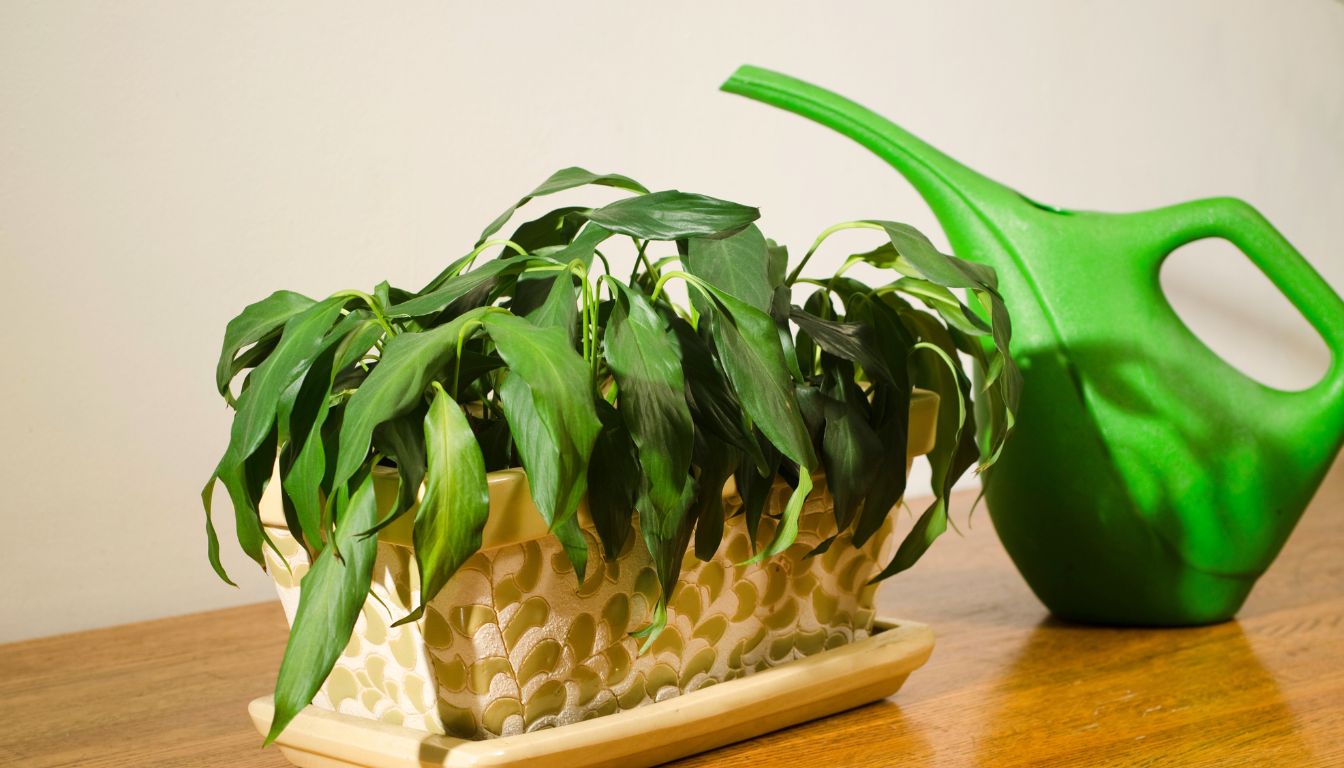
Various reasons can lead to root rot in peace lilies. Sometimes it’s just one, but most of the time, there is more than one reason leading to root rot.
Some common reasons for root rot include overwatering, poorly draining soil, etc. Let’s discuss all the reasons in detail.
Overwatering
Overwatering is the most common reason that leads to root rot. Peace lilies prefer slightly moist soil, but overwatering makes it soggy.
If you follow a watering routine blindly, your peace lily might get overwatered. If you keep overwatering, the roots will suffocate due to a lack of oxygen.
The roots will start decaying one after the other. These routes will fail to function, due to which the plant will not get sufficient water and nutrients.
This will make the plant weak and vulnerable to pest infestations and pathogen attacks that will result in root rot and other problems.
Also read: How Often Should A Peace Lily Be Watered? (Peace Lily Water Requirements)
Poor drainage system
You might be watering your peace lily in the right way, but without drainage holes in the pot, the extra water will have no way to leave the soil.
If the extra soil remains in the pot, it will make the soil soggy, and there will be no air pockets in the soil. All these will lead to low oxygen levels, leading to root decay.
So if the pot does not contain drainage holes, you should make some yourself before putting the peace lily in it.
Wrong potting mix
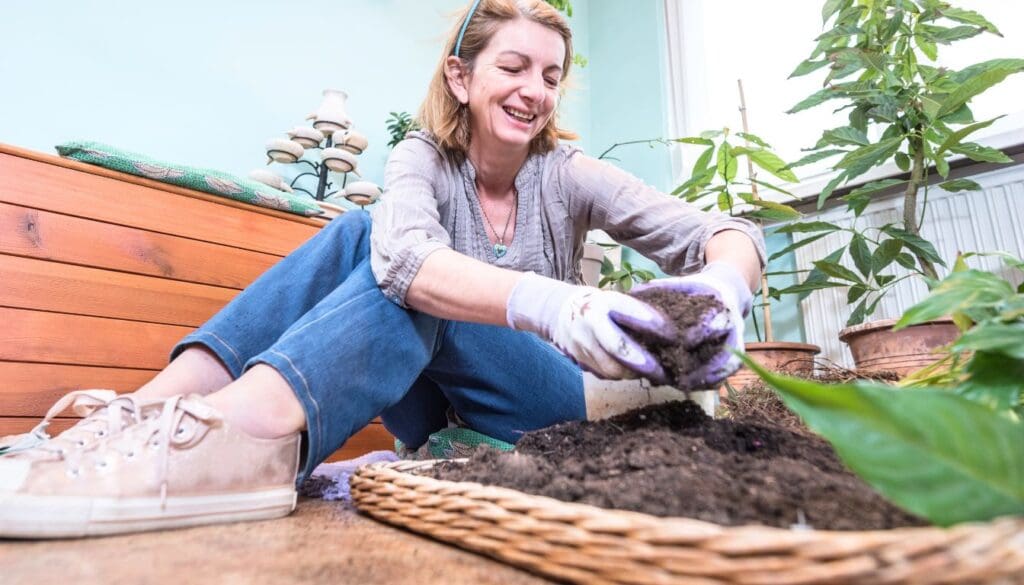
Peace lilies prefer a balance of retention and drainage along with proper aeration in the soil. This is important for healthy roots.
However, if you use soil that does not support well drainage, the roots will be affected.
If you are applying a regular potting mix or garden soil, you are making a mistake as that will retain too much water and cause root rot.
Therefore, choosing suitable soil or adding ingredients that improve the drainage of the soil is essential.
Over-fertilization
Fertilizing your peace lily during the growing season will help your plant grow better.
But if you are overdoing it by using a stronger dose for fertilizing more than required, you will have an overfertilized peace lily plant.
When you overfertilize your peace lily, the excess fertilizer remains in the soil and causes stress to the roots and plants. This often leads to root rot.
Also read: What Kind Of Fertilizer Does A Peace Lily Need? (Peace Lily Fertilizer Ratio)
Low light
Although peace lilies can survive in low light, it leads to slow growth in plants. But other than that, low light can also cause other problems.
If your peace lily is placed in a low light area, its metabolism and rate of photosynthesis will slow down. If you don’t reduce your water supply, the plant will get overwatered.
When a plant is living in low light, the soil takes longer to get dry. Soggy soil not only damages the roots but also invites pests and fungi.
All these conditions will ultimately cause root rot.
Also read: What Kind Of Light Does A Peace Lily Need? (Peace Lily Light Requirements)
Poor airflow
Houseplants appreciate good airflow around themselves.
Like low light, an area with poor airflow will not allow the soil to dry out fast. Soggy soil will choke the roots and cause root rot.
Therefore, providing good Earth around your peace lily is an essential factor that should not be overlooked.
Low temperature
Peace lilies do not appreciate low temperatures. These plants come from tropical regions and are used to a warm climate.
Low temperatures are not ideal, and if you don’t check the watering, your plant will get exposed to an unhealthy environment.
If the temperatures are low, your peace lily might be stressed due to it. If you don’t do anything about it, it can lead to root rot as the soil will remain moist for longer than usual.
Extra-large pot

Many hobbyists consider going for an overly large pot so that they don’t have to report their plants again and again, but this is a big mistake.
If you plant your peace lily in an oversized pot, it will hold more potting medium and, therefore, more water.
Naturally, the roots will not absorb so much water, and the soil will take longer to get dry. Due to soggy soil, the roots will be devoid of oxygen that will then cause root rot.
Also read: What happens when you put a plant in too big of a pot?
Contamination
If you are using contaminated tools that have not been disinfected before and after use, the fungi and pathogens can infect the roots of your peace lily.
Sometimes new plants you bring inside the house can also be contaminated and infected with root rot, so you must check the plant thoroughly before buying it.
Using contaminated soil also causes root rot. Always use fresh soil mix whenever you are repotting your peace lily.
How do you get rid of root rot on a peace lily?
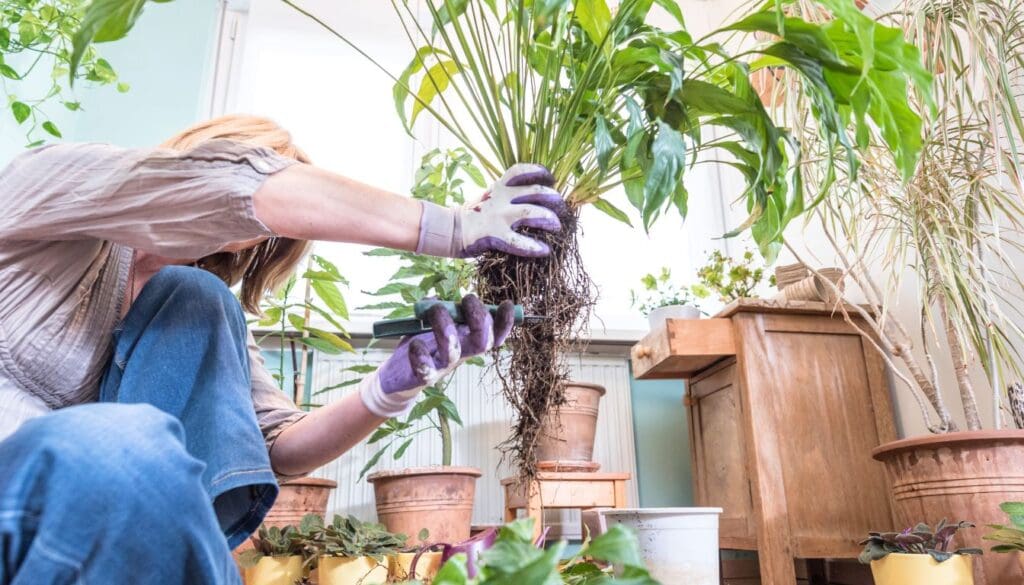
Repotting is the only way to get rid of root rot on a peace lily.
Repotting will give the plant a fresh and dry potting medium that will not bring the fungal infection back. You can report your peace lily if some healthy roots can help the plant survive.
A peace lily that is experiencing root rot is already under stress. Repotting is also a stressful change for the plants, so you should repot your peace lily gently.
Before we start the process, let’s get the ingredients ready.
- Garden shears or pruners
- Disinfectant
- New pot
- Fresh potting mix
- Fungicide
- Bleach
Let’s get started.
- Hold the main stem of your peace lily and gently take it out of the pot.
- Once the plant is out, examine the roots and wash away the soil with a gentle stream of water.
- Grab hold of the pruners and snip off all the decaying and damaged roots. Only leave the healthy roots on the plant.
- Prune the affected leaves or branches. Even if there are no affected parts, consider pruning some leaves and branches to take some pressure off the plant. You can prune up to 1/3rd of the foliage.
- Next, you can spray fungicide on the remaining roots or soak them in a bleach solution for an hour. This will help remove any remaining bacteria or fungi.
- You can leave the plant out of the pot for a day so that the roots get time to breathe.
- Take the new pot and make sure it has drainage holes. Put some pebbles at the bottom. This will prevent the drainage holes from getting blocked.
- Now fill 1/3rd of the pot with a fresh well-draining potting mix.
- Place the peace lily inside the pot and add soil from all sides.
- Let there be no air pockets in the soil by pressing it down with your hand or tapping the pot.
After repotting, place the peace lily plant in moderate indirect light to let it recover. The light should not be too intense as that will increase the stress.
Avoid fertilizing the plant till you notice that the plant has recovered and is showing new growth.
Do not water blindly by following a routine. Checking the soil and making sure it needs water is the key to proper watering. You must wait if the soil is moist and water only when it gets dry.
Also read: What Kind Of Soil To Use For Peace Lily? (Peace Lily Soil Mix)
How to prevent root rot in peace lily?

Preventing root rot is much easier, both for you and for your peace lily. So, you need to understand the basic requirements and the don’t’s.
Keep the following points in mind to prevent root rot:
- Do not use contaminated soil.
- Do not keep your peace lily in a closed environment.
- Do not overwater your peace lily plant.
- Avoid placing your peace lily in low temperature and low humidity areas.
- Do not use garden soil or heavy potting mix.
- Avoid plastic or glazed containers.
- Do not repot your plant in old contaminated pots.
- Make drainage holes if the pot doesn’t have any.
Keep the above points in mind and but if you notice any signs that indicate root rot, act immediately and do not neglect it as it can become severe where you won’t be able to save your peace lily.
Ref: ScienceDirect, NCBI, University of Vermont, Nationalgeographic, NC state university, University of Florida, The University of Arkansas, Queensland Government.
Recommended Garden Supplies
| Product Image | Our Recommended Gardening Supplies | Check Offers! |
|---|---|---|
Top Top
Top
Top
Top
Top
Top
Top
Top | rePotme Houseplant and Tropical Classic Potting Soil Mix | Check Offer On Amazon |
 Top
Top
Top
Top
Top
Top
Top
Top | Espoma Organic Indoor Plant Food | Check Offer On Amazon |
 Top
Top
Top
Top
Top
Top
Top
Top | GooingTop LED Grow Light 6000K Full Spectrum Clip Plant Growing Lamp | Check Offer On Amazon |
 Top
Top
Top
Top
Top
Top
Top
Top | Soil Moisture Meter | Check Offer On Amazon |
 Top
Top
Top
Top
Top
Top
Top
Top | Govee Hygrometer Thermometer, Bluetooth Enabled! | Check Offer On Amazon |
 Top
Top | LEVOIT Humidifiers for Large Room(Best For Plants) | Check Offer On Amazon |
 Top
Top
Top
Top
Top
Top
Top
Top | Upgraded DIY Automatic Drip Irrigation Kit, 15 Potted Houseplants Support | Check Offer On Amazon |
 Top
Top
Top
Top
Top
Top
Top
Top | Stainless Steel Heavy Duty Gardening Tool Set | Check Offer On Amazon |
 Top
Top
Top
Top
Top
Top
Top
Top | Bonide Insecticidal Soap | Check Offer On Amazon |
 Top
Top
Top
Top
Top
Top
Top
Top | Bonide 32 oz Spray Neem Oil for Organic Gardening | Check Offer On Amazon |
 Top
Top
Top
Top
Top
Top
Top
Top | Garden Safe Fungicide | Check Offer On Amazon |

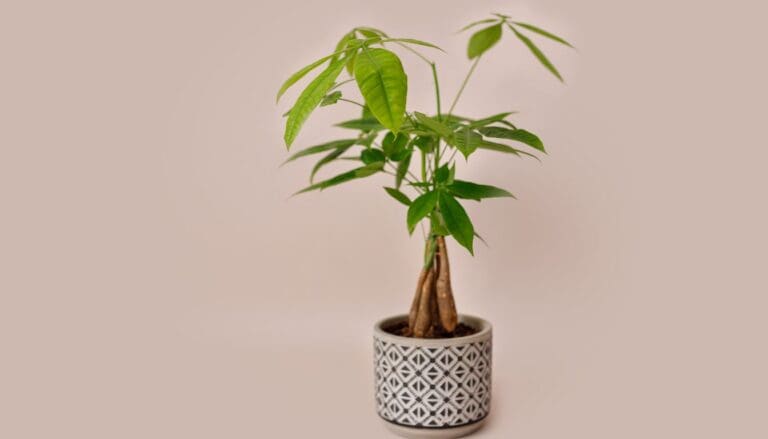
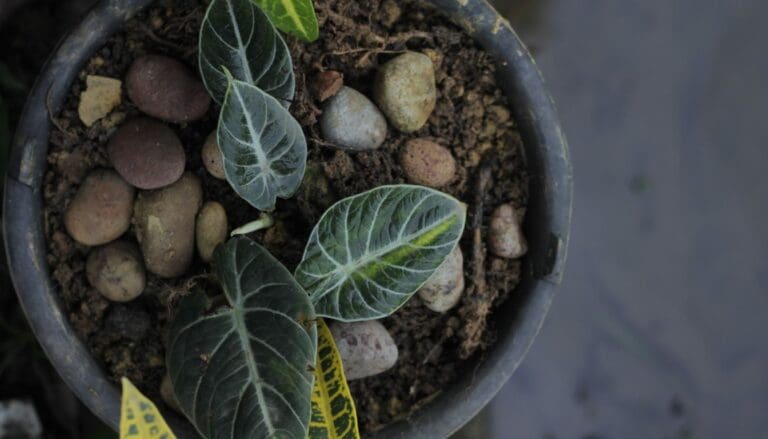

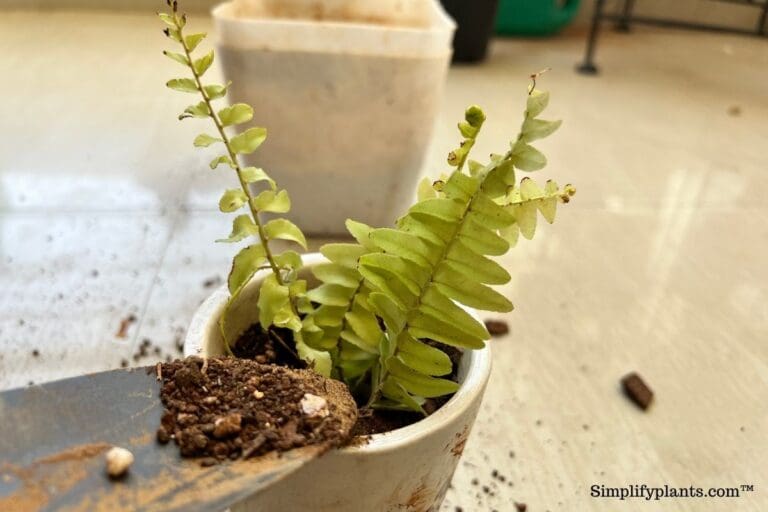


Do I cut all root off and leave just stem and leaves if the whole root is rotted
Thank you for your comment! If the whole root of your peace lily is rotted, it would be really difficult to save the plant.
Still, I would say it’s best to remove all the affected roots. You can trim away the rotted roots with a clean, sharp pair of scissors or pruning shears. Be sure to leave any healthy roots or new white roots intact. Once you have removed the rotted roots, you can repot the peace lily in fresh, well-draining soil. Make sure to water it sparingly until it has had a chance to recover. Good luck with your peace lily!
I have a large peace Lilly that has gnats. I removed half the soil and have only sprayed with one part peroxide and 3 parts water for two weeks. The gnats have come back. If I remove the plant and soak in bleach? Will that get rid of them? If so what is the bleach solution?
Hello!
I wouldn’t recommend using bleach on your Peace Lily, as it can be too harsh. Fungus gnats often come from overwatering and organic matter in the soil. Try these steps instead:
Let the top inch of soil dry out before watering to discourage gnat larvae.
Continue with your peroxide spray; it can help kill larvae in the soil.
You can also place yellow sticky traps near the plant to catch adult gnats.
Consider using a gnat-specific insecticide or a natural option like neem oil if the problem persists.
With these methods, you should see a reduction in gnats around your Peace Lily.
Best of luck! 🌱🚫🦟